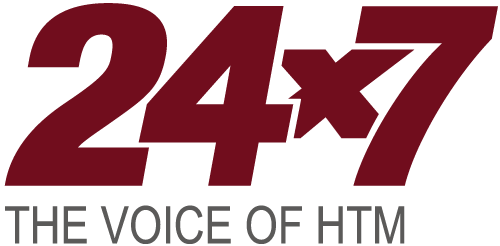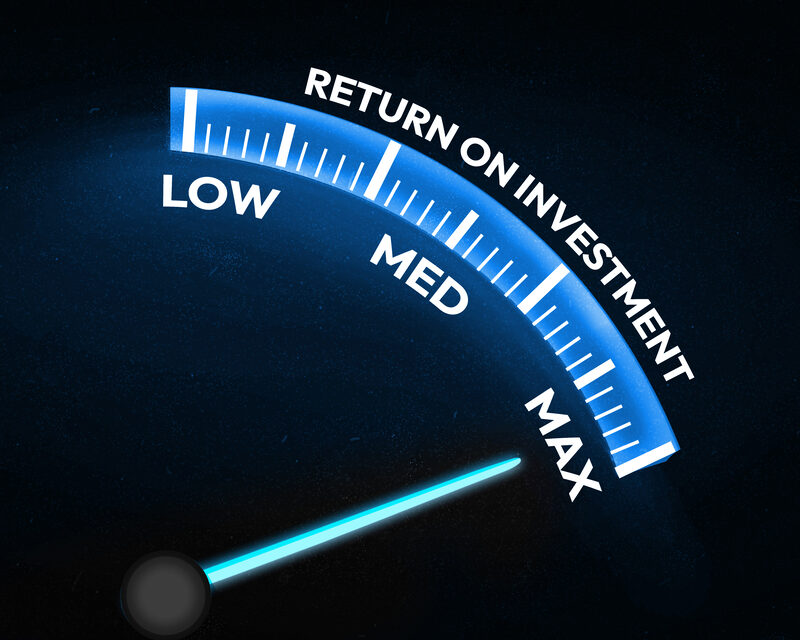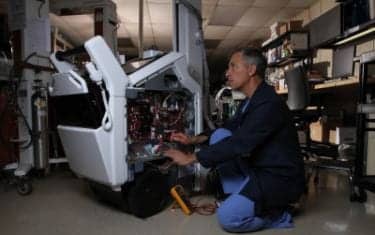By Binseng Wang, ScD, CCE
Quite often, I hear from CE/HTM colleagues that they are having serious challenges in justifying their budgets and/or staffing levels to their hospital or client C-suite leaders. Such situations were already quite common before the COVID-19 pandemic but have become even more daunting afterward.
Benchmarking Fails to Justify Budgets
The first efforts to address those challenges focused on using benchmarking among CE/HTM teams. Unfortunately, few CE/HTM teams were willing to participate in benchmarking. Furthermore, the data submitted by those who participated were not carefully screened for accuracy and completeness, leading many C-suite leaders to distrust the comparisons. To fulfill their fiduciary duties of keeping their healthcare delivery organizations (HDOs) in good financial condition, the C-suite leaders have little choice but to squeeze the CE/HTM expenses as much as possible, since there was no other way to financially determine the value of CE/HTM.
Another attempt to help justify CE/HTM expenses was to compare CE/HTM costs (hereafter abbreviated as CEx) to HDOs’ operational expenses (OpEx). Analyzing data collected from hundreds of acute-care hospitals, researchers found that CEx typically accounts for 0.5%–2% of the respective HDO’s total OpEx, with the median being approximately 1.1%[i]
Studies have shown that HDO operating margins ranged from -10% to +5% prior to the pandemic and have been recovering slowly since then [ii]. In other words, HDO net revenue is typically in the range of 0.9 to 1.05 OpEx. So, in the example above, the 400-staffed-bed HDO’s revenue would be in the range of $504–$588 million. This means CE/HTM helps generate 81–95 times the money it spends (CEx), or the HDO earns nearly $100 for every dollar invested in CE/HTM.
Unfortunately, C-suite leaders often overlook CE/HTM’s contribution to revenue because it is indirect and dependent on many other factors. Without healthcare professionals, pharmaceuticals, disposable products, and infrastructure, reliable medical equipment alone cannot generate revenue.
Quantitative CapEx Impact Evidence
Senior HDO leaders cannot deny the critical role of CE/HTM—just look at the pandemic, when the CDC classified CE/HTM professionals as “essential workers,” making them among the first to receive the COVID vaccine. Even some previously uncooperative OEMs released service materials to onsite CE/HTM staff after realizing their field service personnel could not reach HDOs due to travel and visit restrictions. However, these facts still do not provide clear financial justification for CE/HTM.
A different approach may be needed to strengthen CE/HTM’s case for proper funding. While the CE/HTM community often claims to extend the lifespan of medical equipment, we have rarely quantified this benefit in terms of its impact on the HDO’s capital expenditure (CapEx), likely due to the lack of quantitative evidence so far.
An analysis of extensive data—over 340,000 pieces of equipment maintained for more than 30 years[iii]—was recently completed. The study found that medical equipment can remain safe and reliable for more than twice the estimated useful life (EUL) suggested by the American Hospital Association (AHA)[iv]
Using the 400-staffed-bed HDO as an example, the total value of its medical equipment inventory is estimated to be around $110 million (2008 values adjusted for inflation), based on prior studiesi.. Assuming half of its inventory consists of diagnostic imaging and laboratory equipment, with an average of AHA EUL of roughly six years, and the other half consists of biomedical and surgical equipment, with an average of AHA EUL of approximately nine years, the annual CapEx for replacing equipment would be $15.3 million. However, if CE/HTM extends the EULs to 12 and 18 years, respectively, the CapEx would drop to $7.6 million—resulting in annual savings of $7.7 million.
Although CEx is technically an expense, not an investment, the concept of “return on investment” (ROI) can still be used to assess the value of CE/HTM work with the following equation: ROI = (Annual CapEx Savings – CEx)/CEx
For the 400-staffed-bed HDO, the ROI would be approximately 24%, a fantastic ROI by investment standards [[v]. This ROI applies to most HDOs, regardless of size or location, unless significant variations exist in patient discharges, case mix index, or length of stay compared to typical acute-care hospitals.
In essence, we should use ROI on CapEx as the primary financial justification to counter cuts proposed by consultants and considered by C-suite leaders. We not only contribute—albeit indirectly—to patient care revenue but also save a significant portion of CapEx, which is extremely tight for most HDOs—except for a few prestigious ones with access to large donations and endowments.
Binseng Wang, ScD, CCE, fAIMBE, fACCE, is vice president of program management at Sodexo HTM. Questions and comments can be directed to 24×7 Magazine chief editor Keri Forsythe-Stephens at [email protected].
- i Wang B, Eliason RW, Richards S, Hertzler LW, & Koenigshof S. Clinical Engineering Benchmarking: An Analysis of American Acute Care Hospitals, J. Clin. Eng., 33:24-37, 2008.
- ii Definitive Healthcare. A look at hospital operating margins in the United States. Available at: https://www.definitivehc.com/resources/healthcare-insights/hospital-operating-margins-united-states. Accessed September 25, 2024
- iii Wang B, Rui T, Skinner S, Ayers-Comegys M, Gibson J, Williams S. Medical equipment aging: part II—impact on Lifespan. J Clin Eng. 2024;49(3):87-96.
- iv American Hospital Association. Estimated Useful Lives of Depreciable Hospital Assets. Chicago, IL: American Hospital Association, 2023
- v SmartAsset. What’s a Good Return on Investment (ROI)? Available at: https://smartasset.com/investing/whats-a-good-return-on-investment-roi





